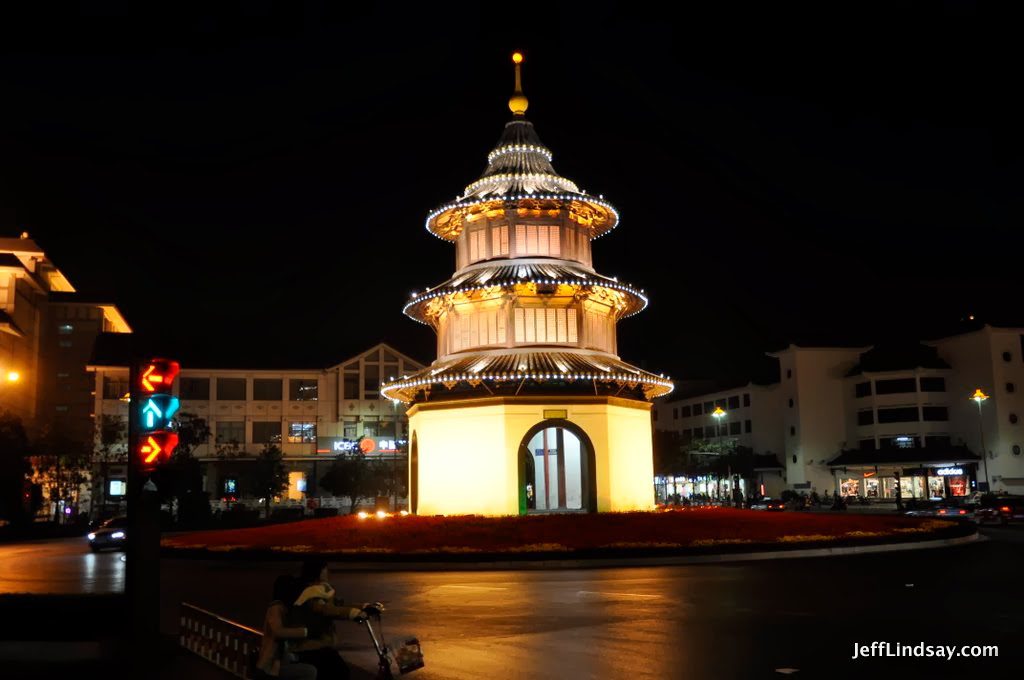The recently released film, “Only a Stonecutter,” deals with the immense faith and sacrifice of John Rowe Moyle, a stonecutter who helped build the Salt Lake Temple. He lived over 20 miles away in Alpine, Utah, but once a week he would walk to Salt Lake to fulfill his calling there, staying with his son and daughter-in-law until Friday, then walk back again so he could do work for himself on his small farm on Saturday. That would be dramatic enough, but he kept doing this for years after one leg was amputated, walking on a cleverly constructed wooden leg that he made himself (but never patented or marketed to others – perhaps a missed opportunity?). His cow kicked him, shattering a leg and forcing amputation–but that did not stop him from doing his job. Amazing.
I’ve seen the film a couple of times. It’s very popular and I expect to see it several more times in Church gatherings. This is a story that has legs. But every time I see it, part of me becomes angry. Not the part that gets angry when I hear bogus faith-promoting stories someone found in some LDS spam. (This is a true story about a real man, as far a I can tell, written by a witness, his son.) The part of me that gets angry is the same part that wants to scream when I see parents putting their kids in harm’s way or neglecting serious problems like illiteracy, gang membership, or major health problems. That part of me wants to step into the movie and shake some of the locals and ask why they didn’t give this man a ride. Surely there must have been some horsepool or buggypool that could have added a passenger? Couldn’t his family have arranged for a ride for at least part of the way? And what about his home teacher or his bishop? Couldn’t they find some way to help? Trade in the cow for a horse or something?
The movie seems to portray a world that was pretty much inhabited by one man, a cow, and a temple, with occasional cameo appearances of his wife, a surgeon who beams down to remove the leg, and his son and daughter-in-law in Salt Lake. But what about all the people that must have been traveling along that route? What about all the folks with horses in the Salt Lake Valley? Didn’t any of them try to help?
Actually, there may have been many rides and much help–or at least offers for help–that the author was not aware of in writing the story. On the other hand, John was clearly cut of different fabric than most people today. In addition to his almost supernatural commitment and sacrifice, there was a fierce independence that may have led him to shun offers for charity. He had a system that worked and was glad to be independent. So I’m willing to control my anger and will patiently watch the film again, when shown–it’s very well done and definitely worth watching. In fact, there are some apparently unspoken lessons I take away from the story that I’d like to share.
Applying the Story to Our Lives Today
The main lesson I take away from the story is NOT the need to be willing to do all sorts of painful things to achieve a goal, but the need to pay more attention to those around us who are making things unnecessarily hard on themselves. There are people facing painful struggles and overwhelming tasks on their own, like John walking 22 miles to Salt Lake on a wooden leg, when something small and simple like offering a ride or helping him find a good deal on a horse could save great pain and make them much more productive. Every hour John spent walking was an hour he wasn’t building the Temple or caring for his family. There are people in similar traps today. A bit of help that costs us little can save them much.
Home and visiting teachers, bishops, parents, friends–we all need to look around at those in our midst and notice when they are trapped in some painful predicament where simple solutions are possible if only they were given additional resources or advice. It’s the fiercely independent souls, those few, who can be the hardest to help, but sometimes an appeal to increasing their productivity and being able to better bless their families can shake them from their path and give them the humble courage to step up into your buggy and be spared hours of unnecessary pain.
I’ve missed some of these opportunities, often by not asking enough questions or challenging the assumptions that others presented. I’m finding that so many lives are lived with crazy burdens that many of us could help with, often with little inconvenience, if only we understood the need. (For example, there are still people, right here in my ward, still struggling with Microsoft Vista or even using Internet Explorer 6! Some have never even heard of Firefox.) Ask questions, probe prayerfully, and be creative. In a world with so much all around us, you may be surprised what can be done to help others, especially a few brave but lonely souls who are trying to do too much on their own, the hard way. This is not a world of one man, a cow, and a Temple, but an abundant world where there is enough for all, if only we reach out and give others a lift and spread the wealth around voluntarily.










